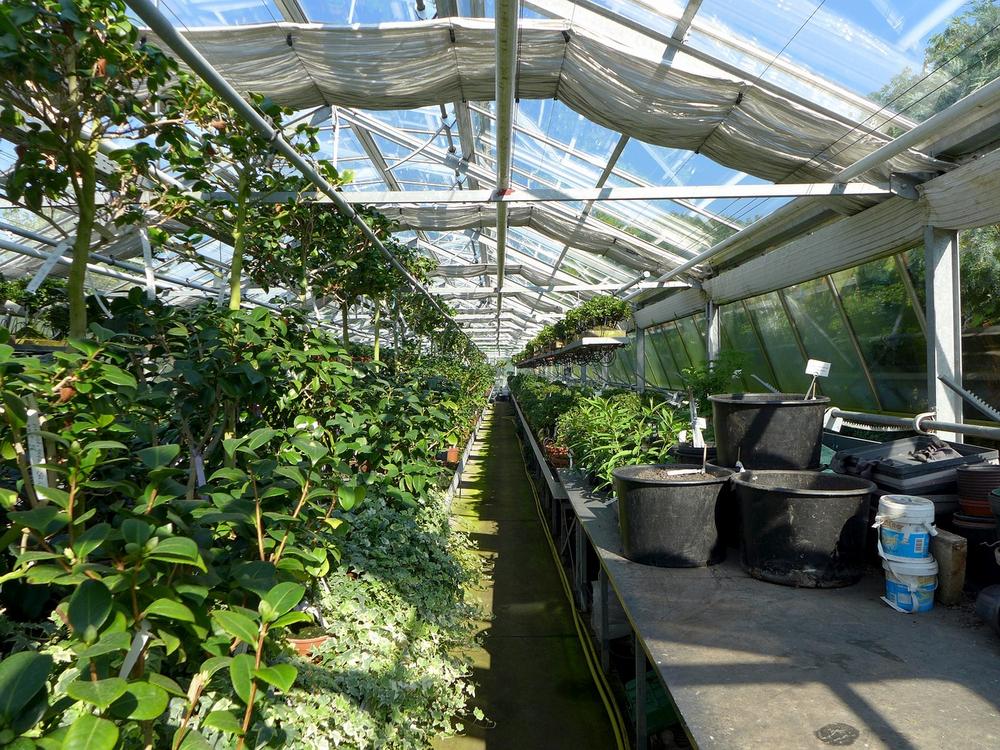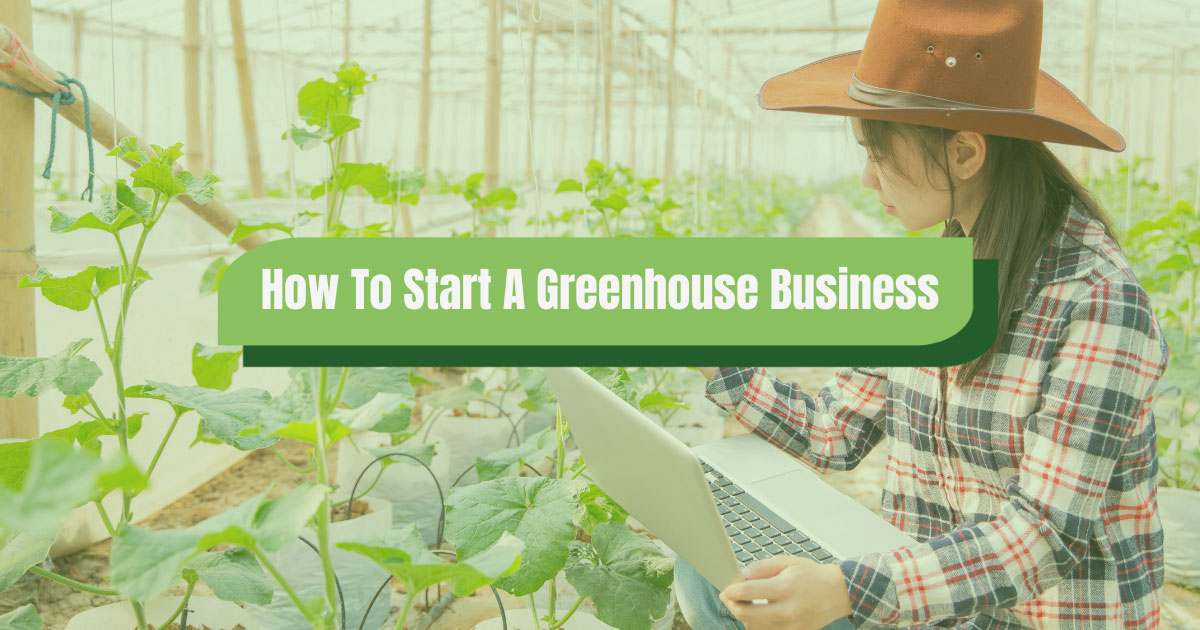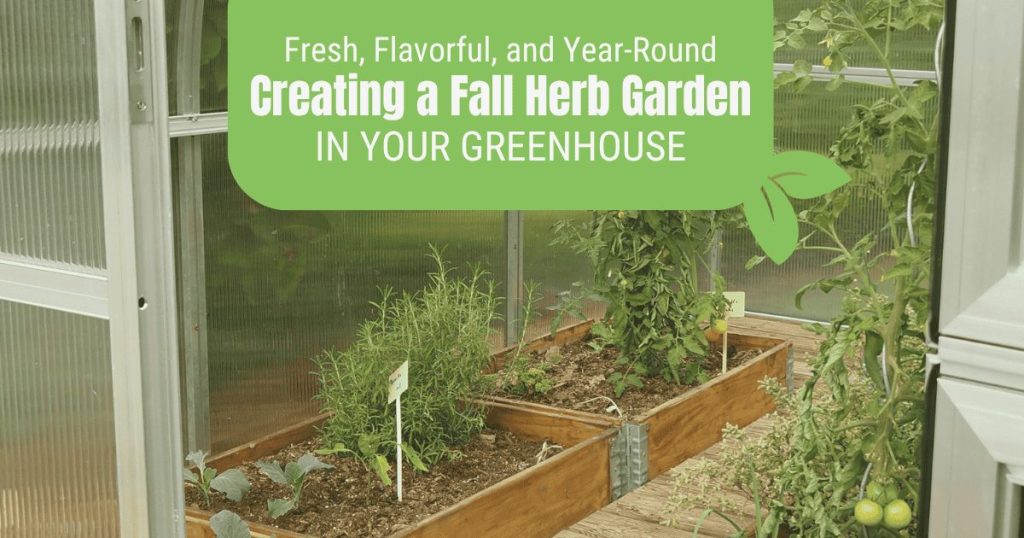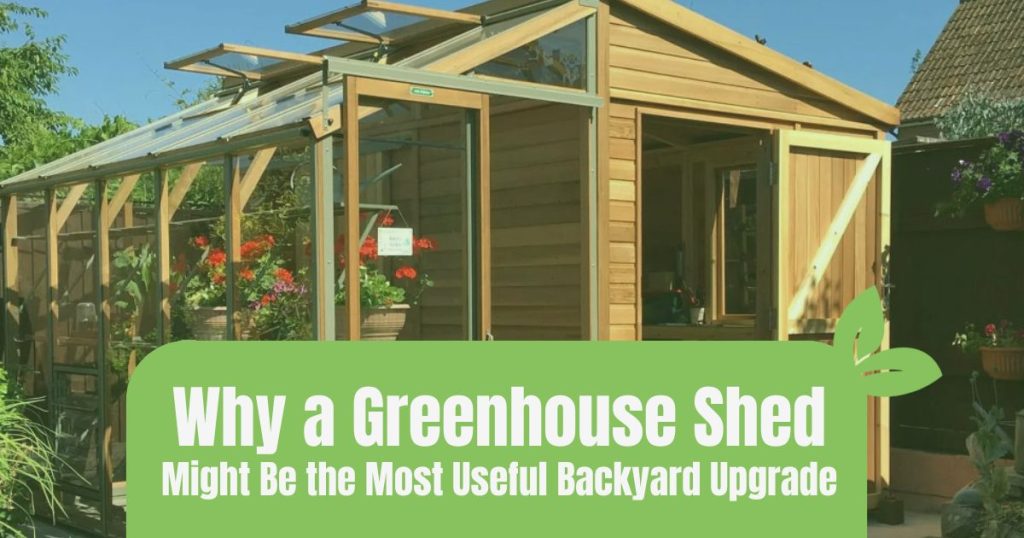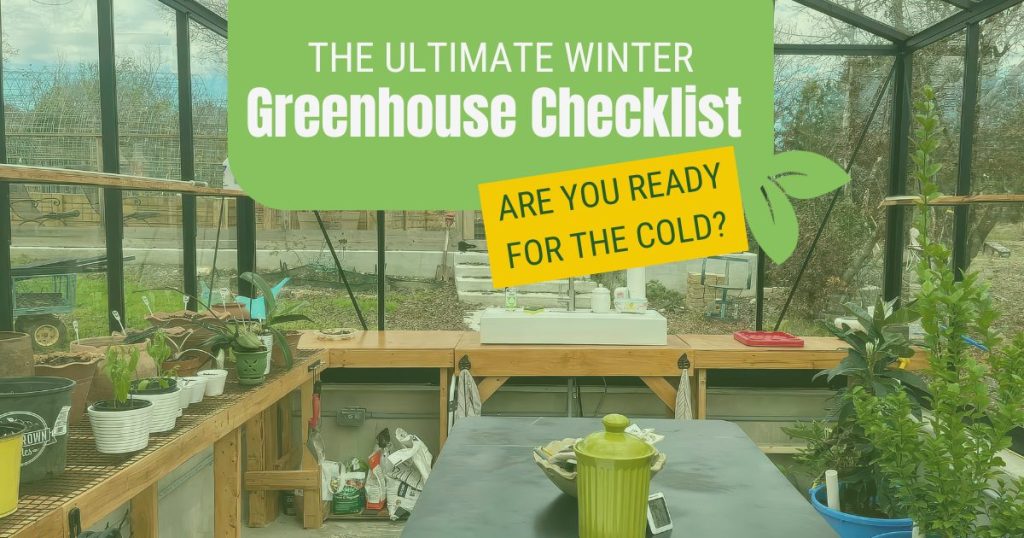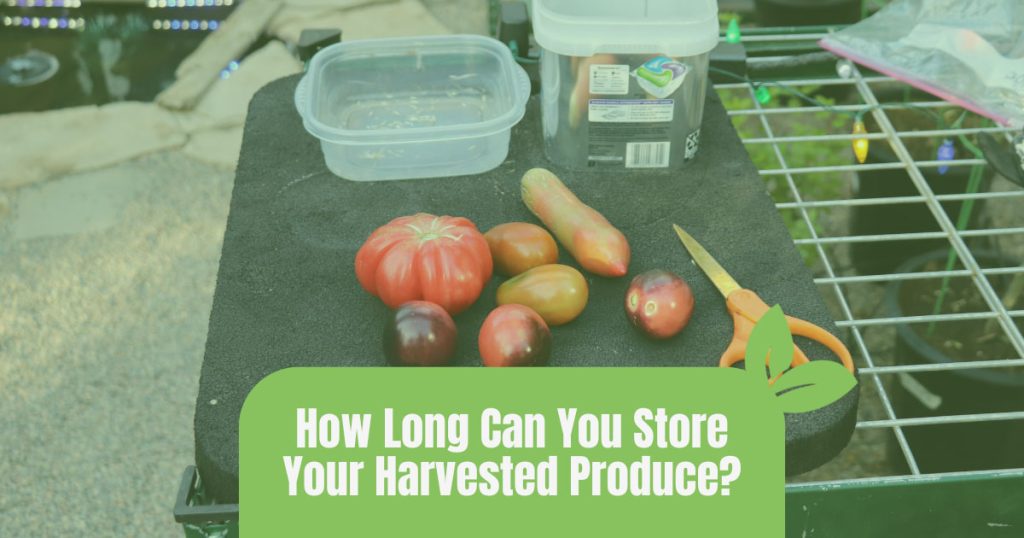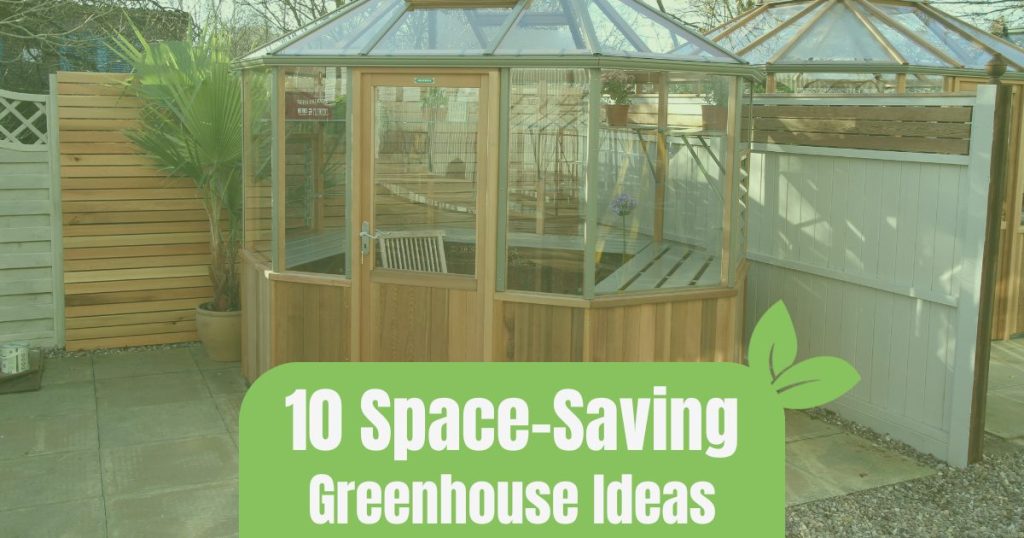



Starting a greenhouse business involves several critical steps that we’ve mastered over the years, and we’re here to share that knowledge with you.
This guide will explore essential topics such as conducting thorough market research, developing a comprehensive business plan, understanding legal requirements, choosing the ideal location, selecting suitable crops, and effectively managing your finances.
With our expertise, you’ll learn how to start a greenhouse business that not only meets the needs of your community but also stands out in the market. Let’s delve into the practical aspects of building a successful greenhouse business, ensuring you have all the tools you need for a prosperous venture.
How to Start a Greenhouse Business
Embarking on the greenhouse business journey is an exhilarating path for plant enthusiasts ready to turn their green passion into a thriving green space. Let’s navigate through the essential steps to cultivate a successful greenhouse business from the ground up:
Step 1: Research and planning
Before you get your hands dirty, it’s crucial to understand the lay of the land. Researching your local market is like understanding the climate you’re planting in.
What do people in your area want in their gardens or on their plates? Are succulents the rage, or is there a surge in the demand for organic veggies? Is it cheaper to build or buy a greenhouse?

Look into things like average commercial greenhouse size so that you can decide between one of our small greenhouses or commercial greenhouse kits.
This step is about getting to know your future customers and the environment you’ll be operating in, ensuring your greenhouse grows the right products under the right conditions.
Step 2: Crafting your business plan
A solid business plan is the trellis that supports the growth of your greenhouse venture. It’s where you sketch out the blueprint of your business, from the varieties of plants you’ll cultivate to the customers you’ll serve.
This plan will outline your vision, financial goals, and strategies to make your greenhouse the go-to spot for plant lovers. It will help you understand how to make money with a greenhouse.
Step 3: Legalities and paperwork
Setting up the legal framework for your greenhouse is as foundational as the soil you plant in. Deciding whether to be a sole proprietor, partner up, or form an LLC is a big decision that affects everything from your daily operations to how you handle taxes.
You also need to make sure that you have the appropriate permit for greenhouse.
This step is about giving your business a strong root system, ensuring it’s protected and primed for growth. Remember, registering your business and getting those permits is like watering your plants – essential for survival.
Step 4: Establishing your command center
Every greenhouse or business needs its command center, a place where plans are made, and growth is monitored.

Whether it’s a cozy corner amidst your greenery or a dedicated office space, this is where the behind-the-scenes magic happens. It’s your headquarters for customer service, planning, and dreaming up new ideas to make your greenhouse thrive.
Step 5: Setting up shop
Choosing the right location for your greenhouse is as crucial as finding the perfect spot for a sun-loving plant. You’ll need a place that gets plenty of natural light, is accessible to your customers, and has room for all your green dreams to expand.
According to our research, a prime location not only makes your greenhouse accessible but also turns it into a local landmark for plant enthusiasts.
Step 6: Equipping your greenhouse
Filling your greenhouse with the right tools and technology is what turns a patch of dirt into a garden.
From advanced irrigation systems that mimic natural rainfall to simple yet essential gardening tools, every piece of equipment plays a role in nurturing your plants to perfection.
In our experience, investing in high-quality gear is investing in the future bounty of your greenhouse. Luckily, we offer everything you need to equip your greenhouse, from greenhouse accessories to seeding trays.
Step 7: Cultivating your brand identity
Your brand is the personality of your greenhouse, the essence that sets you apart in a bustling market. Crafting a memorable logo, a welcoming website, and business cards that people want to keep is all part of building your brand.
It’s about creating an identity that resonates with your customers, making your greenhouse not just a place to buy plants but a brand they trust and love.
Step 8: Spreading the word
It’s time to let the world know about your green haven. Mixing digital marketing with traditional advertising ensures your greenhouse gets the attention it deserves.
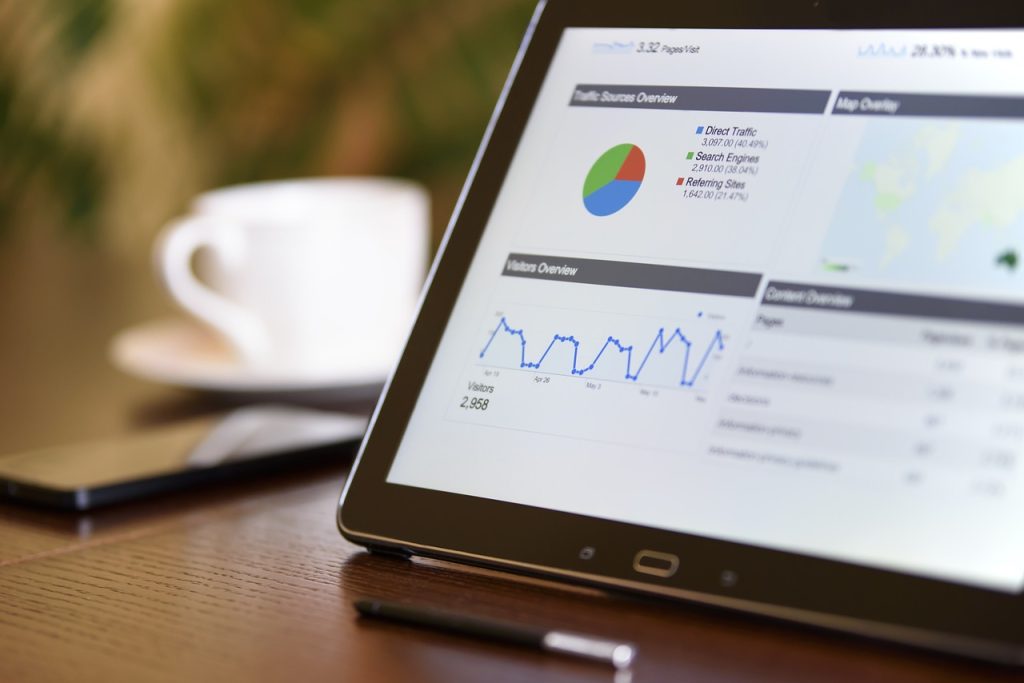
Use social media to share the beauty of your plants, run ads in local papers, and don’t shy away from hosting events that draw the community in. It’s all about creating a buzz that brings people through your doors.
Step 9: Launching your greenhouse
The big day has arrived – it’s time to open your doors and welcome the world into your greenhouse.
By launching your business successfully, you create a way to profit from your passion. You can also share that passion and offer a space where people can find the perfect green additions to their lives.
Step 10: Prioritizing customer satisfaction
At the core of your greenhouse business is the experience you provide your customers. It’s about going beyond the transaction to offer advice, share knowledge, and ensure every visitor leaves happier than they arrived.
Building strong relationships with your customers turns them into not just repeat visitors but also advocates for your greenhouse.
What Kind of Crops Are Best for Starting a Greenhouse Business?
Selecting the perfect crops for your greenhouse business is a crucial step in ensuring your venture blossoms. You should find the sweet spot between what grows well under your watchful eye and what your customers are eager to bring into their homes and gardens.
Here’s a list of top picks that are not only greenhouse-friendly but also popular with customers:
- Tomatoes: Always a favorite, tomatoes are versatile and in high demand. They thrive in greenhouse conditions, allowing for year-round production. Cherry tomatoes, heirlooms, or beefsteaks – the variety you choose can cater to different tastes and culinary needs.
- Lettuce And Leafy Greens: Lettuce, spinach, kale, and arugula are great choices for quick turnover and continuous harvesting. They’re perfect for customers looking for fresh salad ingredients and can be grown in succession for a steady supply.
- Herbs: Basil, cilantro, parsley, and mint are kitchen staples that many love to have fresh. Herbs are generally easy to grow and maintain, making them ideal for adding a fragrant variety to your greenhouse lineup.
- Peppers: From sweet bell peppers to fiery chilies, peppers are a colorful and profitable crop for greenhouses. They have a broad customer base, appealing to both the culinary enthusiast and the home gardener.
- Cucumbers: Ideal for vertical growing, cucumbers can be a space-saving crop with a high yield. They’re popular for salads and pickling, offering a fresh crunch that customers enjoy.
- Strawberries: Who can resist the charm of fresh, sweet strawberries? They can be a bit more demanding to grow, but the payoff is worth it when you see customers’ eyes light up at the sight of your juicy berries.
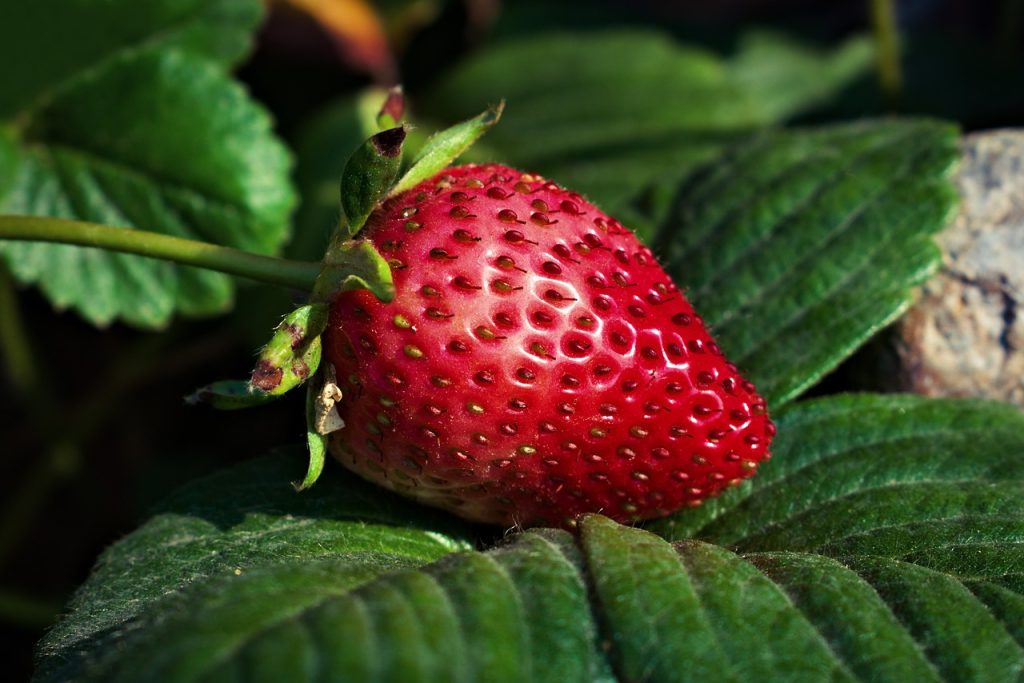
- Microgreens: A powerhouse of nutrition and flavor, microgreens can be grown quickly and in small spaces, making them an excellent option for maximizing your greenhouse’s productivity. They’re popular with health-conscious customers and gourmet chefs alike.
- Ornamental Flowers: Flowers like marigolds, petunias, and pansies can add a splash of color to your greenhouse and attract customers looking to brighten up their homes and gardens.
- Succulents And Cacti: With their low maintenance and trendy appeal, succulents and cacti are great for customers looking for easy-care indoor plants. They can be a unique addition to your greenhouse, setting you apart from the competition.
- Specialty Vegetables: Consider growing specialty or exotic vegetables that are hard to find in regular stores. This could include unique varieties of squash, heirloom vegetables, or international crops like bok choy or okra.
When choosing crops, consider your local climate, the size of your greenhouse, and the level of care each plant needs. It’s also wise to keep an eye on market trends and customer feedback to adjust your crop selection over time.
By offering a diverse and desirable range of plants, you’ll not only meet your customers’ needs but also establish your greenhouse as a go-to source for quality produce and plants.
Selecting crops based on growing season
When it comes to stocking your greenhouse, versatility is your best friend. By rotating seasonal crops, you can keep your offerings fresh and exciting all year round
During the cooler months, focus on cool-weather champions like leafy greens – lettuce, spinach, and kale don’t mind a chill in the air and can be grown continuously.
As the mercury rises, switch gears to warm-season favorites like tomatoes, cucumbers, and peppers. These sun-lovers will thrive in the summer warmth, bringing a vibrant splash of color to your greenhouse.
Don’t forget about herbs! Many, like basil and cilantro, grow well in the warmer months, while others, such as parsley and chives, can tolerate cooler temperatures, making them great transitional crops.
This approach not only maximizes your greenhouse’s productivity but also caters to your customers’ changing tastes and needs throughout the year.
How much can you grow for a greenhouse business?
The productivity of your greenhouse depends significantly on how efficiently you utilize the available space. Utilizing your area effectively can lead to a substantial increase in production, so make sure you’re familiar with plant spacing.
Vertical farming allows you to expand your growing area upwards, significantly enhancing your yield without needing more ground space. Hydroponics provides your plants with nutrients and water directly, promoting faster and healthier growth within a controlled setting.
These approaches are highly effective in optimizing your greenhouse’s output. The challenge lies in managing the quantity of crops relative to the available space and resources.
With strategic planning and innovative techniques, you’ll find that even a small greenhouse can yield an impressive amount of produce. The focus should be on efficient growth strategies rather than merely increasing the quantity of crops.
What Kind of Expenses Can You Expect for a Greenhouse Business?
Here’s a breakdown of the expenses you’ll need to keep in mind to keep your business flourishing:
- Seeds And Plants: The foundation of your greenhouse, the cost of seeds and starter plants, can vary widely depending on the varieties you choose to grow. Specialty or exotic plants might come with a higher price tag but can also command a premium in the market.
- Soil And Growing Mediums: Quality soil is non-negotiable for healthy plants. You might also explore other growing mediums like coconut coir or peat moss, especially if you’re venturing into hydroponics.
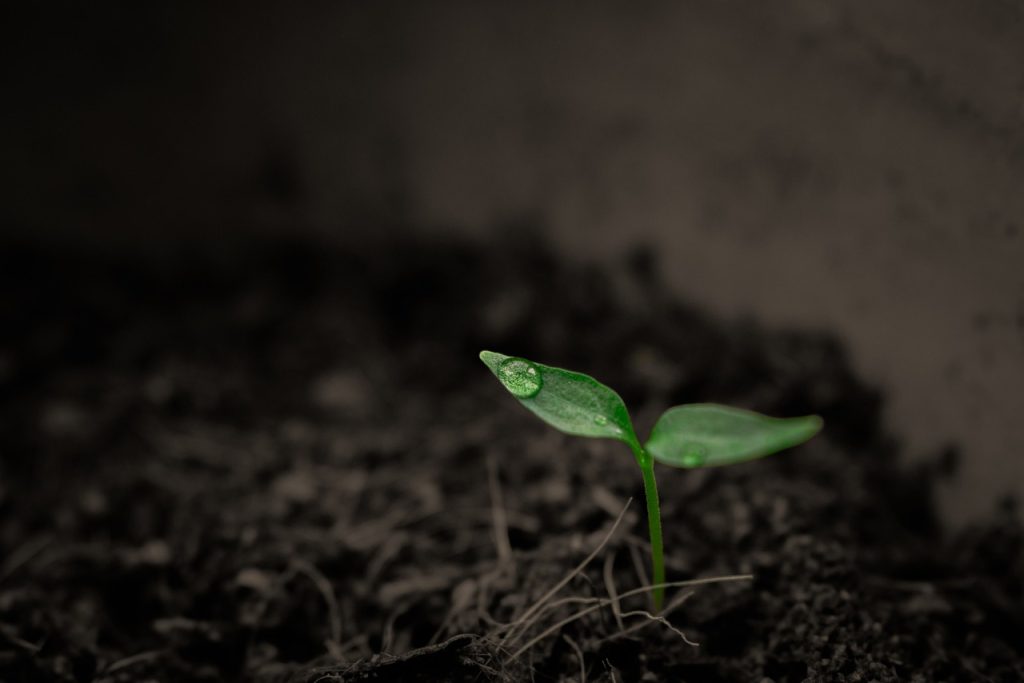
- Utilities: Water and electricity are the lifelines of your greenhouse. From keeping the lights on for your plants to ensuring they’re well-watered, these costs can add up, especially during peak growing seasons.
- Labor: Whether it’s hands for planting and harvesting or brains for managing the business, labor costs are a significant part of running a greenhouse. Fair wages and possibly benefits will keep your team happy and your plants thriving.
- Equipment And Supplies: From pots and planters to specialized greenhouse equipment like irrigation systems, climate control units, and grow lights, these initial investments ensure your greenhouse operates efficiently.
- Maintenance And Repairs: Just like any other business, your greenhouse will need regular maintenance, and occasionally, repairs. Setting aside a budget for these unforeseen expenses will save you from headaches down the road.
- Marketing And Advertising: Spreading the word about your lush greenhouse offerings is essential. Budget for marketing materials, digital advertising, and possibly event participation to attract customers.
- Insurance: Protecting your green investment is crucial. Insurance for property damage, crop loss, and liability will ensure you’re covered in case of unexpected events.
- Licenses And Permits: Staying compliant means budgeting for any licenses or permits required to operate your greenhouse legally in your area.
- Transportation: If you’re delivering plants or supplies, or heading to markets and fairs, don’t forget to factor in transportation costs, including fuel and vehicle maintenance.
By keeping a close eye on these expenses and planning wisely, you can ensure your greenhouse business not only survives but thrives. Remember, a successful business is not just about growing plants but also about growing profits.
